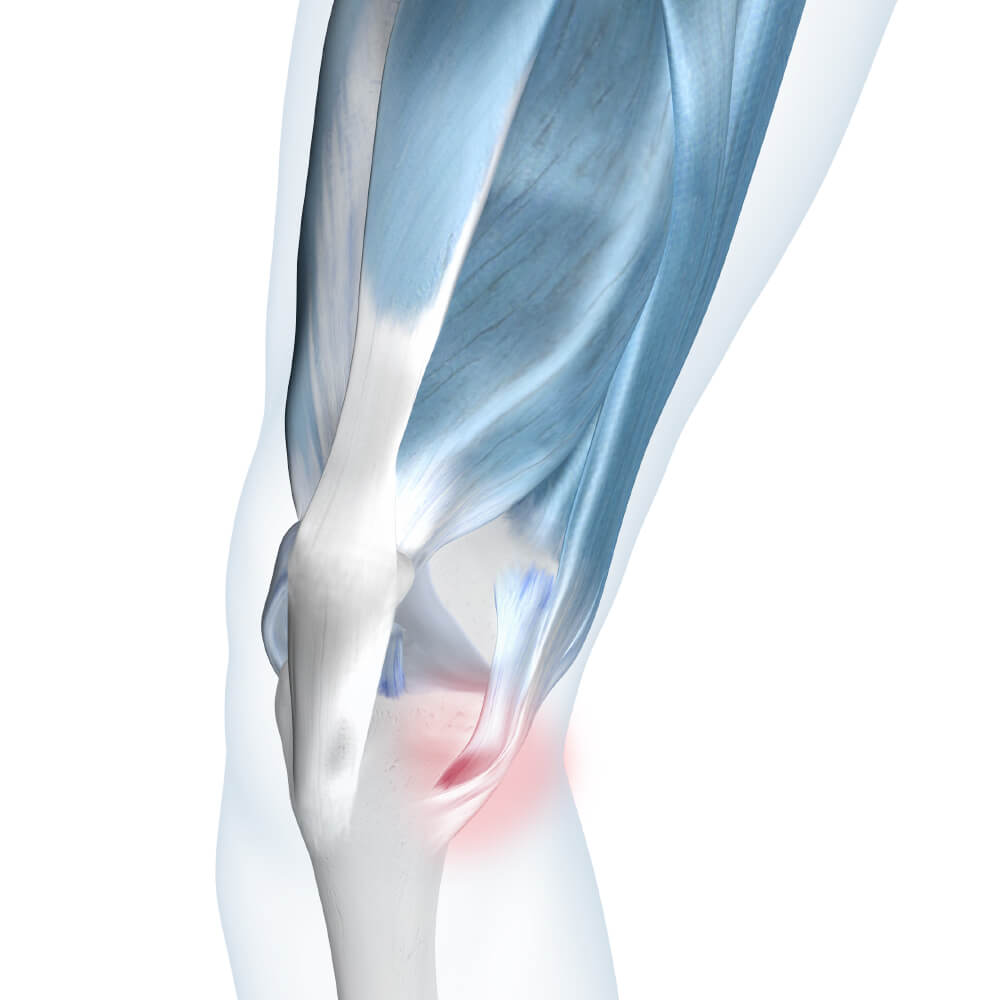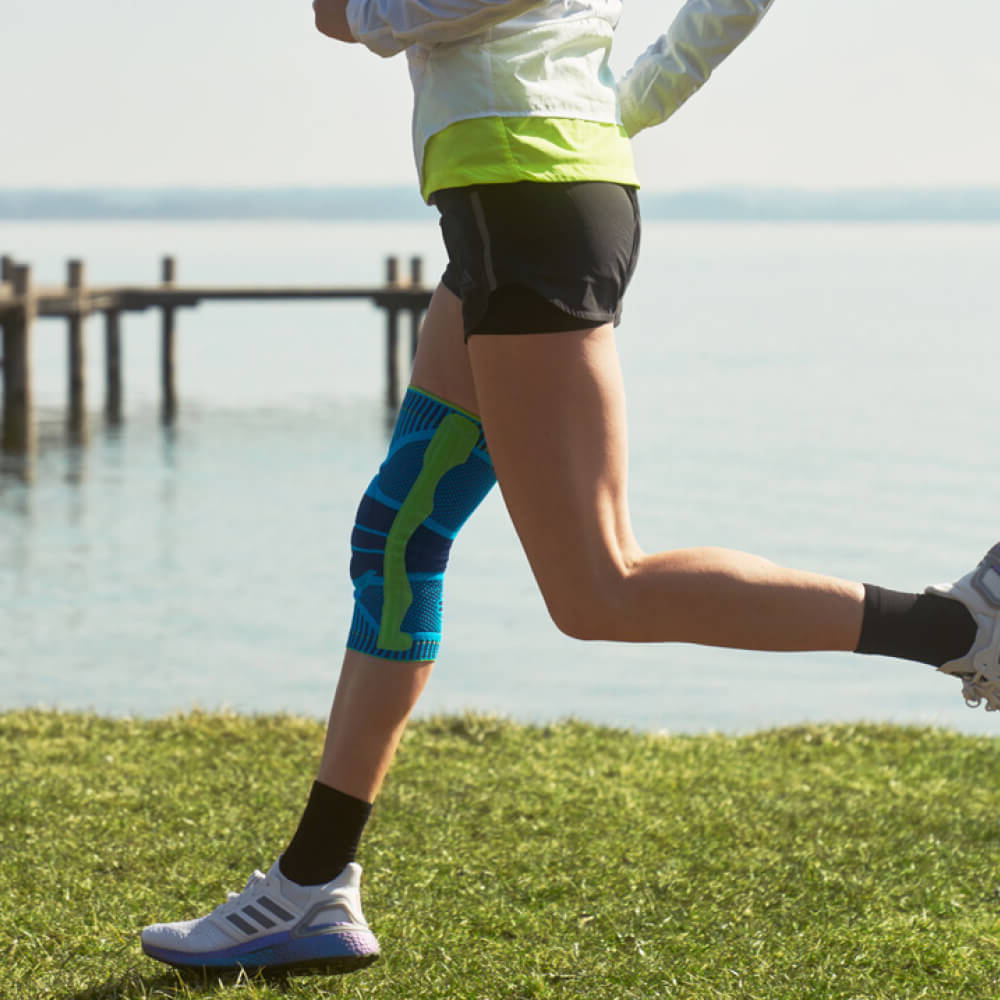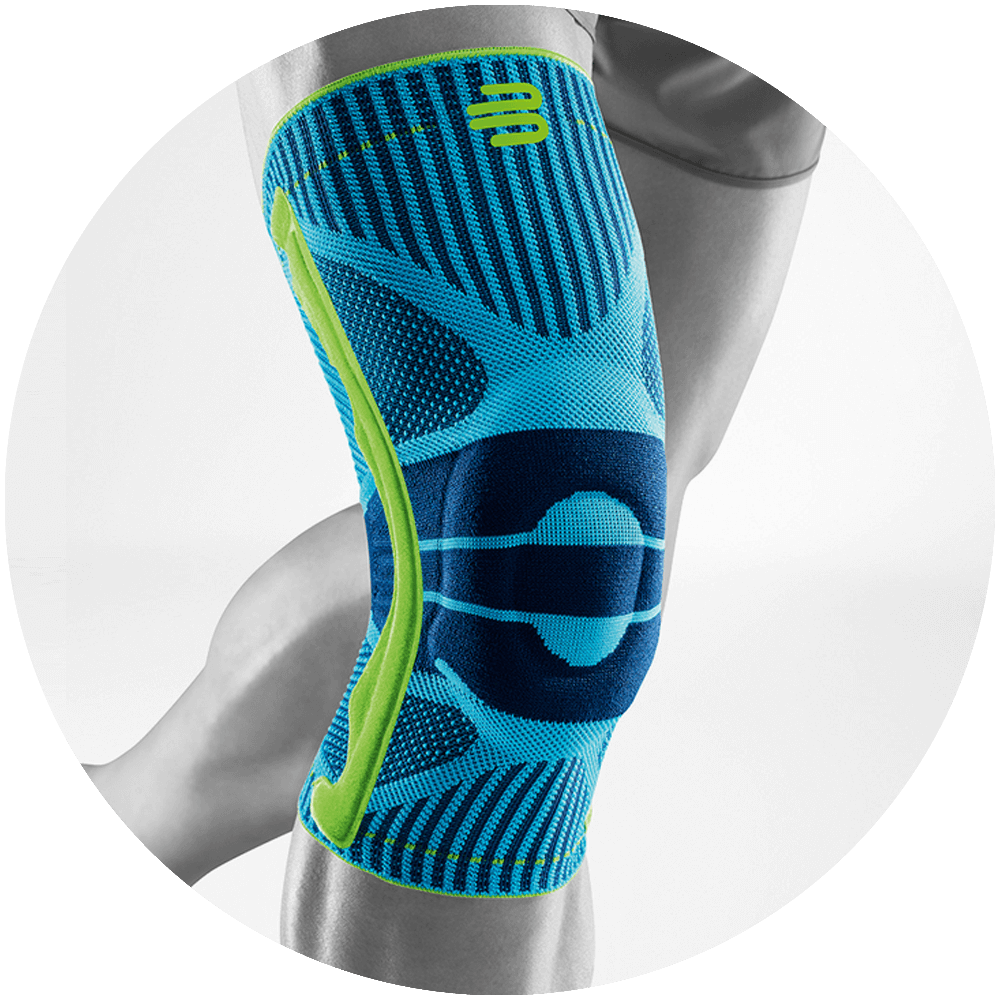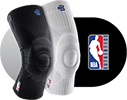Runners suffering from inner knee pain, or pain on the inner tibial plateau, are often diagnosed with pes anserine bursitis. Find out more about causes, symptoms and treatment options here.
Symptoms: What DoesPes Anserine Bursitis Feel Like?
You might experience pain slowly developing on the inside of your knee below the knee joint or directly on the shin bone. This pain usually increases with activity, such as going up and down the stairs.

What is Pes Anserine Bursitis & What Causes Pain on the Inner Side of the Knee?
Pes anserinus (or “goose's foot”) is the name of a knee tendon structure that is made up of tendons from three muscles: the semitendinosus muscle, the gracilis muscle, and the sartorius muscle.
If the bursa, a fluid filled sac between the shin bone and the tendons, has become inflamed, the diagnosis will be pes anserine bursitis. The bursa works as a cushion between bone and tendon and can get inflamed by too much mechanical stress on the leg. When this happens, the bursa produces more fluid, which causes it to swell and put more pressure on the adjacent area on the knee.
Additionally, muscular imbalance has a similar straining effect. That is, if you spend a long time on an uneven or unstable surface, your leg will be subjected to excessive strain that can result in this knee injury. Worn-out running shoes or a suboptimal running technique, too, can lead to pes anserine bursitis. It is important to note that anyone can be affected with pes anserine bursitis, including novice and seasoned runners who have cut corners with training safely.
If you suffer from inner knee pain or pain in the tibia or lower leg, you should examine your running training thoroughly and ask yourself the following questions:
- What type of routes have you been running lately? Are they hilly or uneven, do large parts go through the woods?
- Are your muscles strong enough for the trails you've chosen?
- Are your running shoes still supportive?
- What is your running technique like?
Important: Only your physician will be able to confirm whether your knee pain really is pes anserine bursitis. If your pain is ongoing, you should definitely make an appointment so your physician can determine the cause.
When You Should See a Doctor
When it comes to pes anserine bursitis, you might wonder if it is a torn medial ligament or an injury to the meniscus. This is normal to question, as the pain of a torn medial ligament can be very similar to pes anserine bursitis. The same applies to meniscus issues. Since it can be hard to discern between injuries, it is important to see a doctor if you are experiencing continious pain in, on, or around the knee.
How to Stop Pain on the Inside of the Knee
Home Remedies
- RICE Therapy (Rest, Ice, Compression, Elevation) - When it comes to dealing with pain in the knee, the first step is always the same: Rest. This also applies when it comes to pes anserine bursitis. It is important to avoid further strain by allowing your body to rest and avoiding excessive strain on the knee. Try to avoid activities that trigger pain. In general, cooling the painful area with ice wrapped in cloth or an ice pack for 20 minutes also helps with knee pain.
- Anti-Inflammatory Medication (NSAIDS) - If needed, anti-inflammatory medication, such as ibuprofen, or creams can help accelerate the healing process, reduce inflammation, and alleviate pain.
- Gentle Stretches & Physical Therapy - You should also discuss potential physical therapy with your doctor as well, since targeted exercise can have a positive influence on the progression of the condition. In general, the focus is on leg axis training, torso and pelvis stabilization, as well as stretches.
- Weight Management - Maintaining a healthy weight can ensure that excessive strain is not placed on your knee.
- Wear a Knee Brace - You can speed up your healing process and prevent further injury when you get back to running with the Bauerfeind Sports Knee Support. This knee support stabilizes the knee joint and relieves pain while offering comfort and flexibility.
- Advanced Therapy - This can be achieved by performing exercises to strengthen the muscles around the knee (as mentioned above with physical therapy) or injections with anti-inflammatory medicine provided by your doctor


Sports Knee Support
With Omega pad to redistribute pressure to protect against overloading the tendons and knee cap.
Getting Back to Running: Recovery Time from Pes Anserine Bursitis
Take it easy on your knee. After a few days of rest, your symptoms should feel much better. Symptoms usually resolve completely between six to eight weeks. If the pain persists beyond that, consult your doctor.



